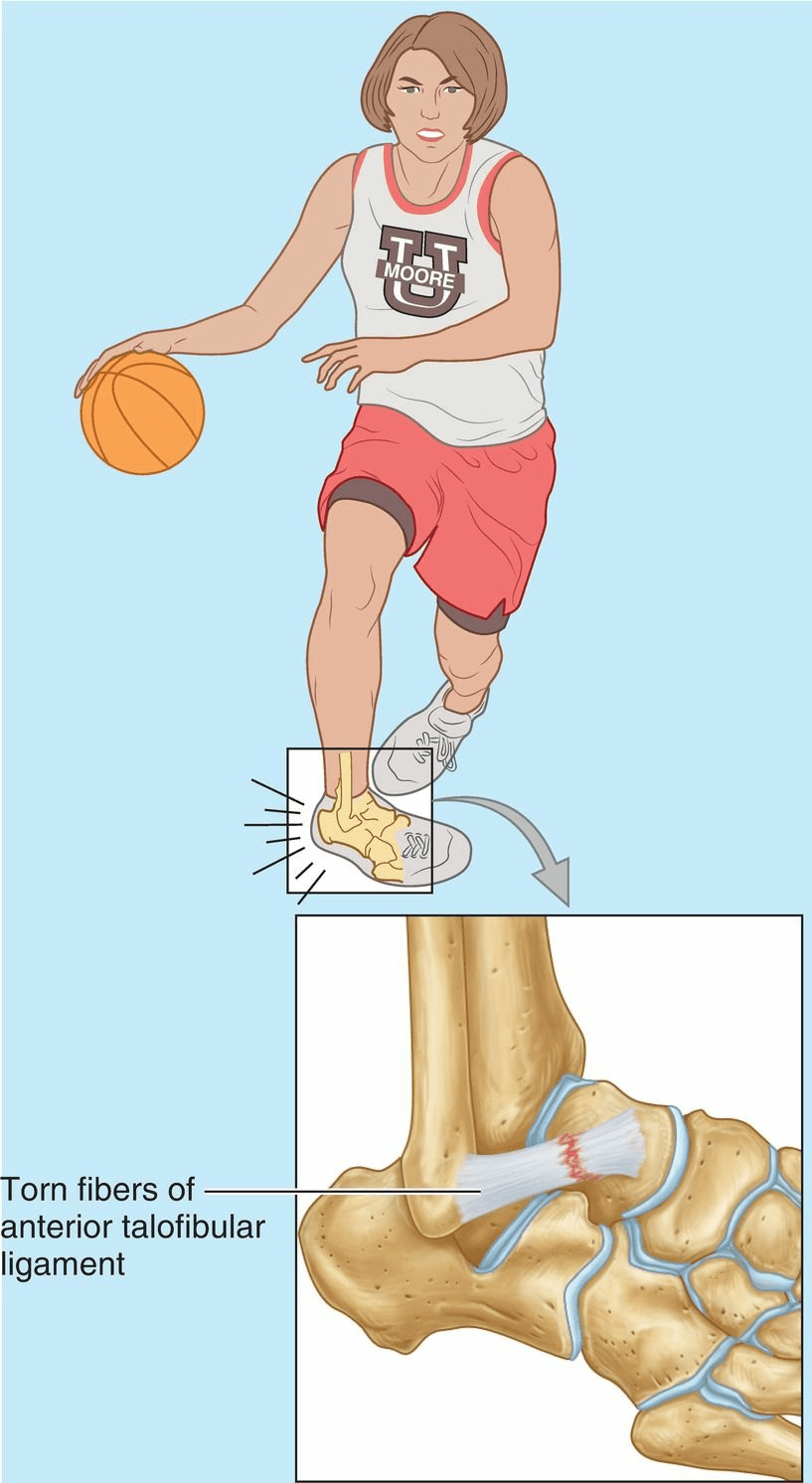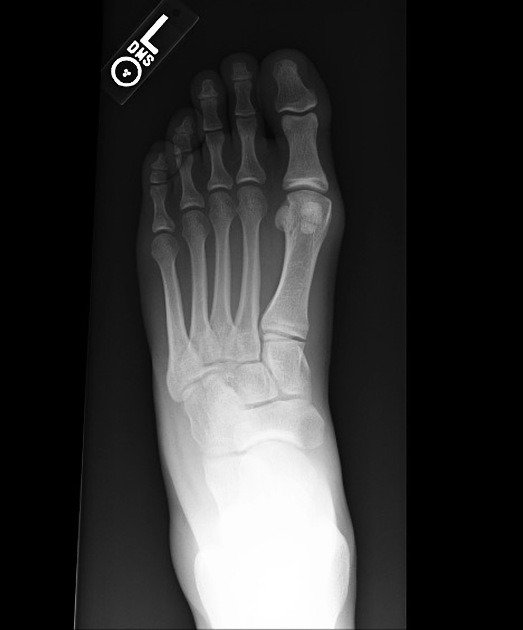Ankle Sprains
content of this page
1- Introduction
2- Anatomical Overview
3- Causes
4- Treatment
Introduction
Ankle sprains are among the most common musculoskeletal injuries, frequently encountered in both athletic and everyday settings. Defined as the stretching or tearing of ligaments surrounding the ankle joint, these injuries can vary widely in severity, from mild discomfort to significant impairment of mobility. They typically occur when the ankle is forced into an unnatural position, causing the ligaments to overstretch or tear. Ankle sprains are often characterized by pain, swelling, bruising, and instability in the affected joint, impacting daily activities and athletic performance. Effective management and rehabilitation are crucial to ensure proper healing and reduce the risk of recurrence, making understanding ankle sprains essential for both prevention and treatment strategies.

Anatomical Overview
The ankle is the most frequently injured major joint in the body. Ankle sprains (torn fibers of ligaments) are most common. A sprained ankle is nearly always an inversion injury, involving twisting of the weight-bearing plantarflexed foot. The person steps on an uneven surface and the foot is forcibly inverted or lands on an inverted foot from a vertical jump. Lateral ligament sprains occur in running and jumping sports, particularly basketball (70–80% of players have had at least one sprained ankle). The lateral ligament is injured because it is much weaker than the medial ligament and is the ligament that resists inversion at the talocrural joint. The anterior talofibular ligament—part of the lateral ligament—is most vulnerable and most commonly torn during ankle sprains, either partially or completely, resulting in instability of the ankle joint. The calcaneofibular ligament may also be torn. In severe sprains, the lateral malleolus of the fibula may also be fractured. Shearing injuries fracture the lateral malleolus at or superior to the ankle joint. Avulsion fractures break the malleolus inferior to the ankle joint; a fragment of bone is pulled off by the attached ligament(s).

Causes
Inversion Injury: This is the most frequent cause of ankle sprains, where the ankle rolls inward, stretching or tearing the ligaments on the outer side of the ankle.
Awkward Landings: During activities such as jumping or running on uneven surfaces, landing awkwardly can lead to ankle sprains as the ankle twists or rolls unexpectedly.
Sports and Physical Activities: Participation in sports that involve quick changes in direction (e.g., basketball, soccer) or activities with high impact (e.g., running, dancing) increase the risk of ankle sprains.
Weak Ankles or Muscles: Poor muscle strength or inadequate proprioception (awareness of body positioning) can predispose individuals to ankle sprains as they may not be able to stabilize the ankle effectively.
Improper Footwear: Wearing shoes that do not provide adequate support or traction can increase the likelihood of ankle injuries.
Previous Ankle Injuries: A history of ankle sprains or inadequate rehabilitation from previous injuries can weaken the ankle and make it more susceptible to future sprains.
Environmental Factors: Slippery or unstable surfaces, such as wet floors or uneven terrain, can contribute to ankle sprains by causing sudden slips or falls.
Treatment
Rest: Resting the injured ankle is crucial during the initial phase to allow the ligaments to heal. Activities that stress the ankle joint should be avoided to prevent further injury.
Ice: Applying ice to the injured ankle helps reduce swelling and pain. It’s recommended to apply ice wrapped in a cloth for about 15-20 minutes every 2-3 hours during the first 48 hours after injury.
Compression: Wrapping the ankle with an elastic bandage or compression wrap helps control swelling and provides support. It’s important not to wrap too tightly, as this can impair circulation.
Elevation: Keeping the injured ankle elevated above the level of the heart as much as possible helps reduce swelling by allowing fluid to drain away from the injury.
Pain Management: Over-the-counter pain relievers such as ibuprofen (Advil, Motrin) or acetaminophen (Tylenol) can help alleviate pain and inflammation. Always follow the dosage instructions and consult a healthcare professional if needed.
Range of Motion Exercises: As the pain and swelling decrease, gentle range of motion exercises can help restore flexibility and strength to the ankle. These exercises should be done under the guidance of a healthcare provider to avoid re-injury.
Physical Therapy: In more severe cases or for athletes requiring a quicker return to activity, physical therapy may be recommended. A physical therapist can provide targeted exercises and techniques to strengthen the ankle and improve balance and proprioception.
Bracing or Supportive Devices: Depending on the severity of the sprain, wearing an ankle brace or supportive device during activities may help prevent re-injury and provide stability while the ligaments heal.
Gradual Return to Activity: It’s important not to return to full activity too quickly. Gradually reintroducing weight-bearing activities and sports-specific movements can help ensure the ankle has fully healed and reduce the risk of recurrence.
Surgical Intervention (in rare cases): Severe ankle sprains that involve significant ligament tears or fractures may require surgical repair. This is typically considered when conservative treatments fail to provide adequate healing or stability.